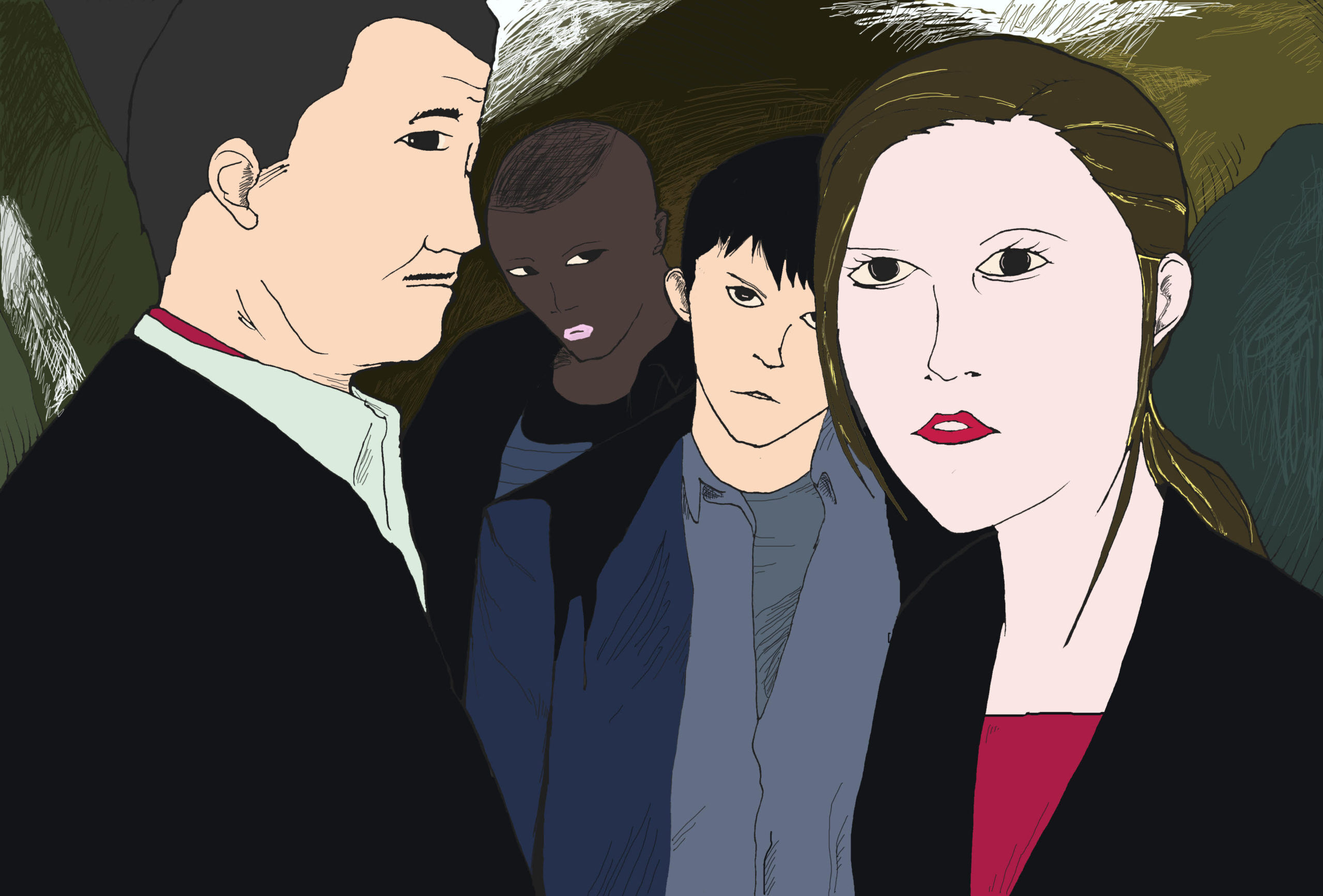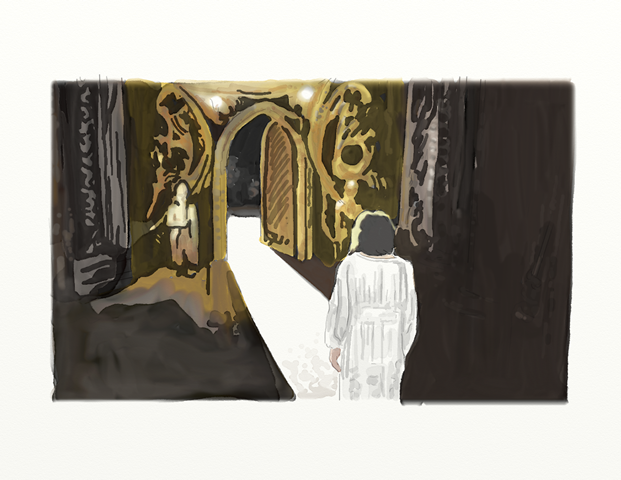Comparing The House on Haunted Hill and The Haunting Movies
The House on Haunted Hill (1999) is a chilling tale that will keep anyone up at night. The Haunting (1999) is a heart-pounding story of fear providing a number of suspenseful screams. Both of these movies feature strikingly similar themes, settings, propaganda and even cast. Sincerely capitalizing on the “haunted house” genre, these two films released a matter of months apart! Although each film has its own loyal fan base, there are clear similarities and differences which cannot be ignored. Here are some of the biggest comparison notes between the two haunted house movies.
Similarities Between The House on Haunted Hill and The Haunting
Many horror fans have asked, “How is The House on Haunted Hill the same as The Haunting?” And the truth is, there are obviously many similarities between the two hit blockbusters. Here are some of the most obvious, as well as some of the more interesting similarities Horror Enthusiast found when comparing the two movies…
Haunted Houses
Obviously it is impossible to list similarities without mentioning that both movies are about a haunted house. Both titles even share a variation of the word “Haunt.” This was not a coincidence, however, a tip of the hat to the 1950s novel by Shirley Jackson, turned film, The Haunting of Hill House (1959). Both movies are loosely about a haunted mansion, a behemoth-style house.
Victims Were Invited
In The House on Haunted Hill, the guests are invited to attend a party thrown at the mansion by famous, wealthy entrepreneur Steven Price. Although the house actually changed the celebrity-invites to seemingly ‘no name’ people, they were invited nonetheless!
In The Haunting, the guests are invited to take part of an insomnia study hosted at the mansion by Dr. David Marrow. Although the guests all believe they are there to help resolve insomnia, Dr. Marrow’s true intensions are to observe the participants’ response to fear. And in a truly terrifying mansion, there is plenty of fear to go around!
Two Survivors
The House on Haunted Hill allows for two survivors, Sara Wolfe and Eddie Baker (a female and a male survivor).
The Haunting allows for two survivors as well, Theo and also Doctor David Marrow (again a female and a male survive).
House Seals Itself
Both haunted mansion thrillers feature a house that is able to seal itself, leaving the survivors trapped inside to face the doom and evil with seemingly no way to escape.
A Supreme Evil & Tortured Ghosts

In The House on Haunted Hill, the merciless Dr Richard Benjamin Vannacutt is responsible for the torture and sadistic experiments on his psychiatric patients, who in turn haunt the mansion and its medical catacombs. The psychiatric patients are victims in themselves, although they haunt the house and all its guests.
In The Haunting, an ominous ghost and original mansion owner Hugh Crane terrorizes and kills children, trapping them in the house for all of eternity. And although Crane is the true evil, the enslaved children also haunt the guests of Hill House.
Locked In Overnight
Despite the house’s ability in each movie to fully lock-down and secure the victims within the premises on its own…the guests all willfully sign up for a night’s stay. In fact, all guests in both movies understand the gates are to be locked overnight. The survivors are forced to make it all night until the gates are re-opened by a gatekeeper or otherwise the next morning at sunrise.
Male Organizer
Both horror films feature a strong male lead role who orchestrates the entire experience. In The House on Haunted Hill, Steven Price arranges a birthday bash for his wife, inviting the guests to partake in the fun. While The Haunting is about Dr Marrow’s invites his guests to aide his investigation into fear.
Differences Between the House on Haunted Hill and the Haunting
A true haunted house movie fan would ask “How is the House on Haunted Hill different from the Haunting?” as these two movies are creepily similar (as noted above). Fear not, however, Horror Enthusiast has identified a number of differences when comparing the two haunted house movies! Here are some of the easiest, as well as more elusive differences…
Successful Entrepreneur vs Experimental Doctor
It is true that both lead male roles, also responsible for the accommodations to begin with, are successful, powerful individuals who are able to rent the entire haunted mansion themselves. However, there is an obvious difference in that Steven Price is renting the house on haunted hill for entertainment-based puposes, while Dr Marrow is renting his haunted house for a psychological experiment.
Sympathetic Help From The Other Side

Both movies have groups of horrifying ghosts lurking within the walls of the mansions. One big difference, however, is that many of the ghosts in The Haunting (the children namely), turn out to help the protagonists survive. The ghosts that haunt The House on Haunted Hill are all just as threatening and scary as Dr Vannacutt himself.
Human Threats
The House on Haunted Hill is a complex movie, cascading story lines upon one another to create an interwoven, truly scary tale. In this movie, there are a number of suspected threats that are human based, making the hauntings of the house that much scarier…as no one knows what is real! The Haunting is purely a supernatural fear, though, still arguably just as scary to some!
CGI vs Psychological Thriller
Sure, both movies have their fair amount of CGI, but it’s obvious that The Haunting relied much more on it’s CGI visual effects to scare than The House on Haunted Hill. There is definitely a difference in how the two movies choose to invoke fear…and is a perfect highlight as to how two very different movies can be made with nearly the same story line and setting.
Insane Asylum vs Private Mansion
The House on Haunted Hill takes place in a mansion-looking property resting high on a hill that was previously Vannacutt Psychiatric Institute for the Criminally Insane. This is a place where horrific medical experiments were performed on patients. The patients got loose, killed everyone and the place burned, lock down mechanism initiated.
The Haunting sets the scene in a beautifully constructed and decorated mansion that was built for Baron Hugh Crain and his wife. It was their dream to have a large family of children. Unfortunately, they would never have any children, only evil which spawned and haunts the house forever.
Release Date
Although the two movies are very similar, they chose release dates about 3 months apart. The Haunting was released first on July 23rd, 1999. The House on Haunted Hill secured the more prestigious spot for a horror movie…right before Halloween being released on October 29th, 1999.
Movie Budget

Neither of these films performed very well, and probably made a lot of people really upset (despite becoming cult classics and horror fan favorites, especially The House on Haunted Hill). The starting budget, however, was hugely different between the films.
The House on Haunted Hill had an estimated budget of $37,000,000. It ended up earning $40,846,082 in the United States.
The Haunting had a tremendously large estimated budget of $80,000,000, nearly double its competitor! In the end, The Haunting only raked in $91,411,151…still rather slim earnings for such a huge investment!
Fun Fact: It is no wonder The Haunting had a budget nearly double the size of The House on Haunted Hill…as the crew members of almost every department (art, makeup, visual effects, special effects, stunts, sound, etc), were nearly double!
Final Comparison Notes: Haunting vs Haunted Hill Movies
Despite the amazing similarities between the two films, there are obviously more than enough differences to warrant two unique viewing experiences. Interestingly enough, they each have developed their own cult-fan clubs. And while both of these haunted house thrillers are based upon a more than 50 year old novel, they are both frightening and paved their own places in horror movie history.

Tritone’s love of horror and mystery began at a young age. Growing up in the 80’s he got to see some of the greatest horror movies play out in the best of venues, the drive-in theater. That’s when his obsession with the genre really began—but it wasn’t just the movies, it was the games, the books, the comics, and the lore behind it all that really ignited his obsession. Tritone is a published author and continues to write and write about horror whenever possible.
